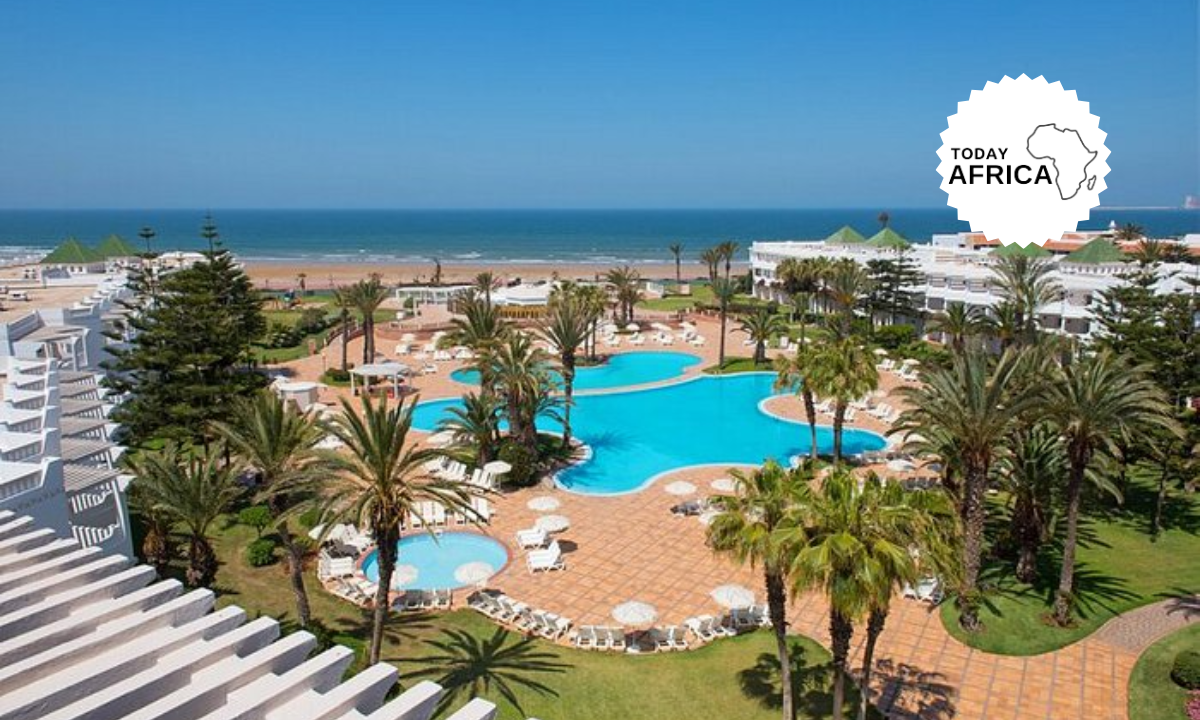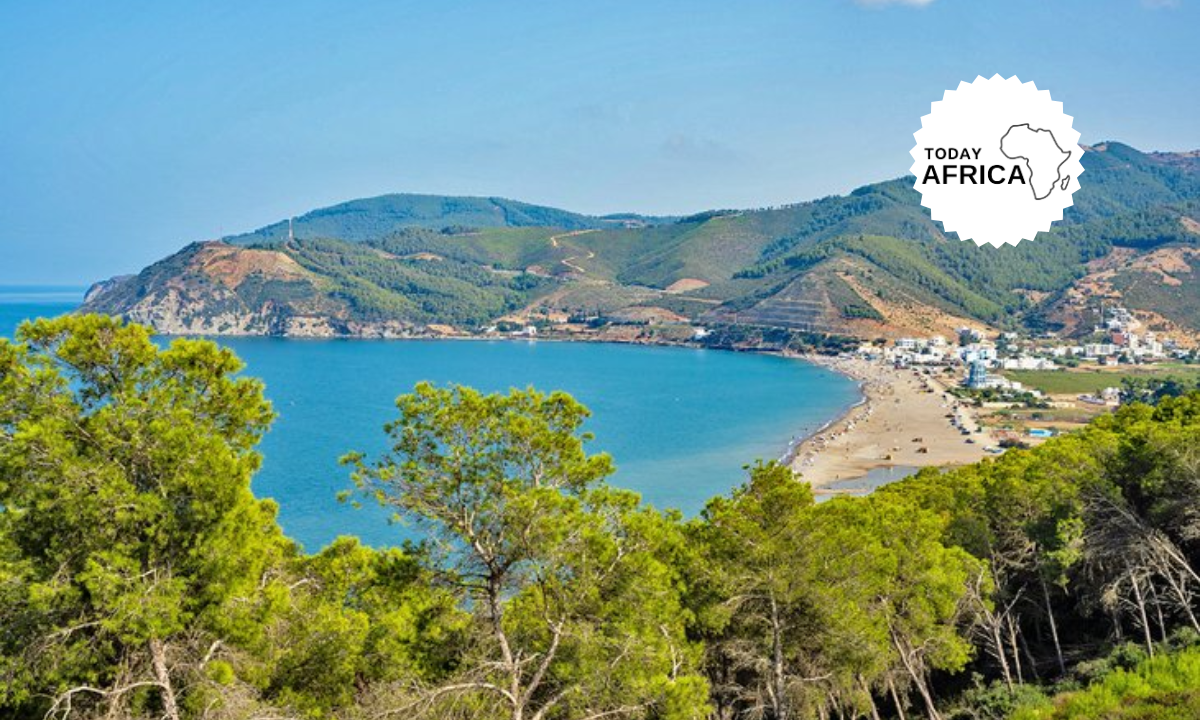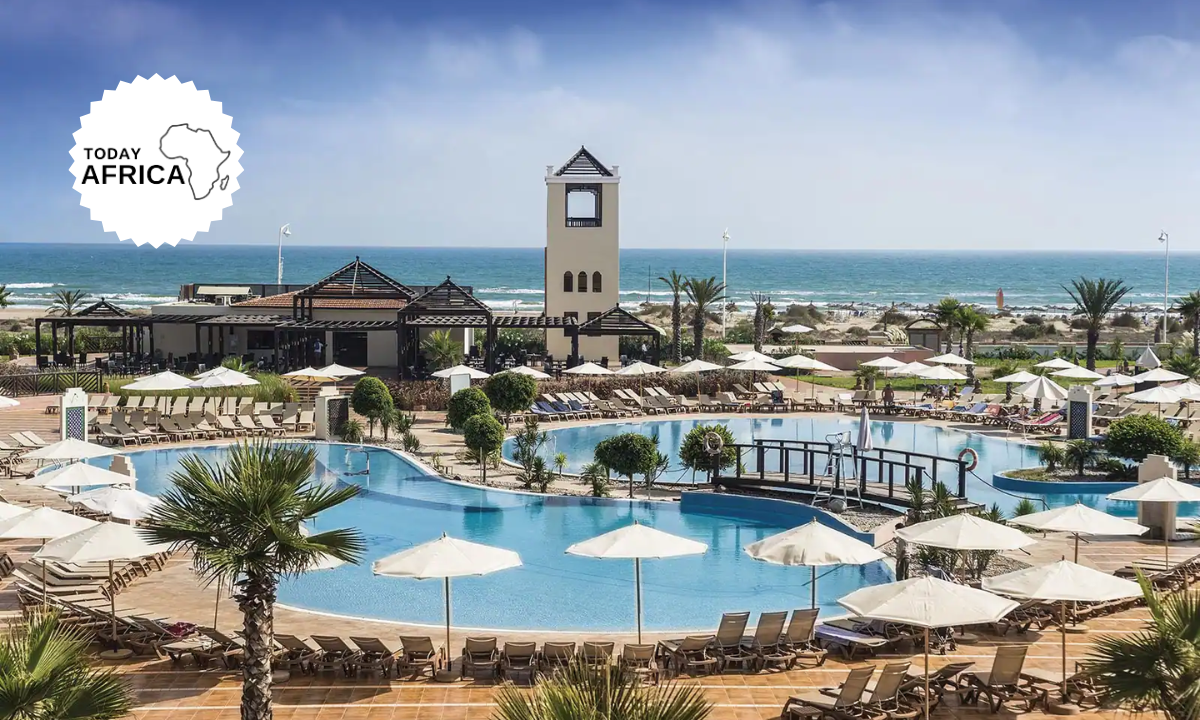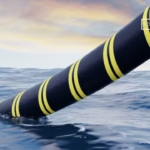Wondering things to do in Equatorial Guinea? There are countless places of interest in this beautiful African country. Aside from several popular tourist attractions, there are many interesting places too..
So, buckle up! Because Equatorial Guinea is a country that promises to captivate your heart and challenge your sense of adventure. Are you ready?
Things to Know About Equatorial Guinea
Equatorial Guinea, country located on the west coast of Africa. It consists of Río Muni (also known as Continental Equatorial Guinea), on the continent, and five islands (known collectively as insular Equatorial Guinea):
- Bioko (formerly Fernando Po)
- Corisco
- Great Elobey (Elobey Grande)
- Little Elobey (Elobey Chico)
- Annobón (Pagalu)
Bata is the administrative capital of the mainland. Formerly a colony of Spain with the name Spanish Guinea, the country achieved its independence on October 12, 1968. The capital is Malabo, on Bioko.
Continental Equatorial Guinea is a roughly rectangular territory bounded by Cameroon to the north and Gabon to the east and south. Near the coast are the small islands of Corisco and Great and Little Elobey.
Bioko, by far the largest of the islands, lies off the coast of Cameroon in the Bight of Biafra. Annobón, a volcanic island, lies south of the Equator and almost 400 miles (640 km) to the southwest of Bioko.
What is Equatorial Guinea Know For
1. Oil and gas reserves: Equatorial Guinea is one of the richest countries in Africa due to its large oil and gas reserves. Since the discovery of offshore oil in the 1990s, the country’s economy has been heavily dependent on oil exports, which make up the majority of its GDP.
2. Biodiversity and wildlife: The country is home to unique ecosystems and diverse wildlife, particularly in its rainforests and marine environments. Monte Alen National Park, for example, is a well-known destination for observing forest elephants, gorillas, and various primate species.
3. Bioko Island: Bioko Island, where the capital Malabo is located, is a major tourist attraction. It’s known for its volcanic landscapes, beautiful beaches, and wildlife, including the endangered drill monkeys and nesting sea turtles.
4. Colonial history: Equatorial Guinea was a Spanish colony for almost two centuries and is the only African country where Spanish is an official language. The colonial architecture, particularly in Malabo, reflects its Spanish influence.
5. Cultural diversity: Despite its small size, Equatorial Guinea has a rich cultural diversity, with several ethnic groups, including the Fang, Bubi, and Ndowe people. Each group has its own languages, traditions, and customs.
Best Time to Visit Equatorial Guinea
The best time to visit Equatorial Guinea is during the dry seasons, which generally occur from December to February and June to August. These periods offer more pleasant weather conditions, making it easier to explore the country’s rainforests, beaches, and urban areas.
Here are some factors to consider for each season:
1. December to February
Temperatures are warm but more manageable, with less humidity compared to the rainy season. There is little to no rain, making it ideal for outdoor activities like hiking, beach trips, and wildlife exploration.
You can experience Christmas and New Year festivities, which are celebrated widely across the country, particularly in the capital, Malabo. Best for whale watching, beach activities, and exploring national parks like Monte Alen.
2. June to August
Another drier period, but with slightly cooler temperatures, especially on Bioko Island. This is also a good time to visit for those who prefer to avoid extreme heat.
This is a good time for viewing sea turtles nesting along the coasts of Bioko Island. Time for hiking Pico Basilé, wildlife tours, and cultural experiences like visiting Bubi villages.
3. March to May & September to November
These months are marked by heavy rainfall and high humidity. Roads may become difficult to traverse, especially in more remote areas, and some activities may be hindered by the weather. Best time for travelers who prefer fewer crowds and don’t mind the rain, or those interested in seeing lush, green landscapes.
To make your travel convenient and seamlessly connected, make sure you get a good eSIM package that works in your travel destination. MobiMatter is the ultimate eSIM marketplace that sells more than 700+ eSIMs across more than 190 countries! Check out this massive variety of eSIM packages just for Africa.
30 Things to do in Equatorial Guinea
1. Explore Malabo, the capital city
Start your journey in Malabo, the capital of Equatorial Guinea, located on Bioko Island. The city is a cultural melting pot, with its colonial architecture, bustling markets, and a vibrant nightlife. Take a stroll through the streets and explore its Spanish-influenced buildings, such as the Presidential Palace and the Cathedral of Santa Isabel.
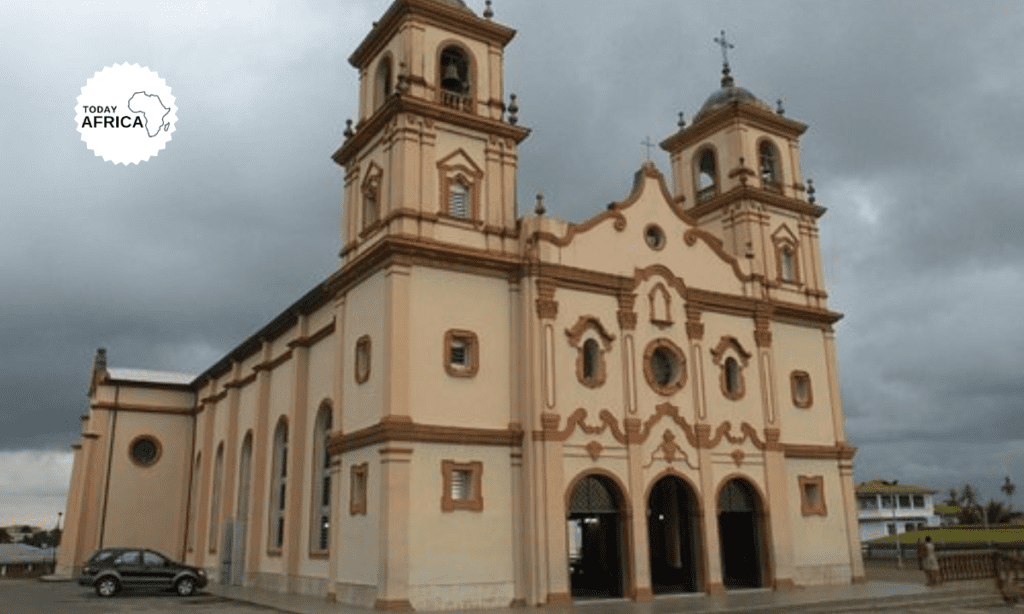
2. Visit the Cathedral of Santa Isabel
A stunning example of neo-Gothic architecture, the Cathedral of Santa Isabel is the largest Christian church in Equatorial Guinea. Located in the heart of Malabo, the cathedral’s intricate design and soaring twin spires are a must-see for architecture enthusiasts.
3. Relax on the beaches of Bioko Island
Bioko Island, where Malabo is located, offers numerous beaches with white sands and clear blue waters. Playa de Arena Blanca (White Sands Beach) is one of the most popular spots for both locals and tourists to unwind.
4. Climb Pico Basilé
Pico Basilé, the highest peak in Equatorial Guinea, is an adventure seeker’s dream. At 3,011 meters above sea level, hiking to the summit offers breathtaking views of the island and the surrounding ocean. The climb also provides opportunities to observe unique wildlife and tropical plants.
5. Discover the Moka Valley
Located in the southern part of Bioko Island, the Moka Valley is a hidden gem with lush green landscapes, waterfalls, and diverse wildlife. The area is home to the Bioko Biodiversity Protection Program, which helps conserve the island’s unique ecosystem.
6. Tour the Malabo National Park
Malabo National Park is a peaceful green space within the capital city, ideal for leisurely walks or picnics. The park includes botanical gardens, a zoo, and a variety of sculptures that offer insights into local culture.
7. Explore the island of Corisco
Corisco is a small island located off the coast of mainland Equatorial Guinea, known for its history and serene beaches. The island played an important role during the colonial period, and its ruins from that era are still visible today. The tranquil environment is perfect for a getaway.
8. Learn at the Equatoguinean Cultural Center
The Equatoguinean Cultural Center in Malabo is dedicated to preserving and promoting the country’s cultural heritage. The center hosts art exhibitions, theater performances, and traditional music events, offering a deeper understanding of the local customs.
9. Visit the Mbini River
On the mainland, the Mbini River is one of the longest and most significant rivers in the country. Boat tours along the river provide stunning views of the surrounding rainforest and give insight into the local fishing communities.
10. Discover the Monte Alen National Park
Monte Alen National Park, located on the mainland, is a vast protected area known for its biodiversity. The park is home to forest elephants, gorillas, chimpanzees, and countless bird species. Guided tours offer opportunities for hiking, birdwatching, and wildlife spotting.
11. Explore Ureca
Ureca, on the southern coast of Bioko Island, is one of the wettest places on Earth, receiving a high volume of rainfall each year. This region is known for its rainforests, waterfalls, and sea turtles that come ashore to nest.
12. Go whale watching
Equatorial Guinea’s coastal waters are rich with marine life, including whales and dolphins. Whale watching tours are available from Bioko Island, where visitors can spot humpback whales during their migration season between July and November.
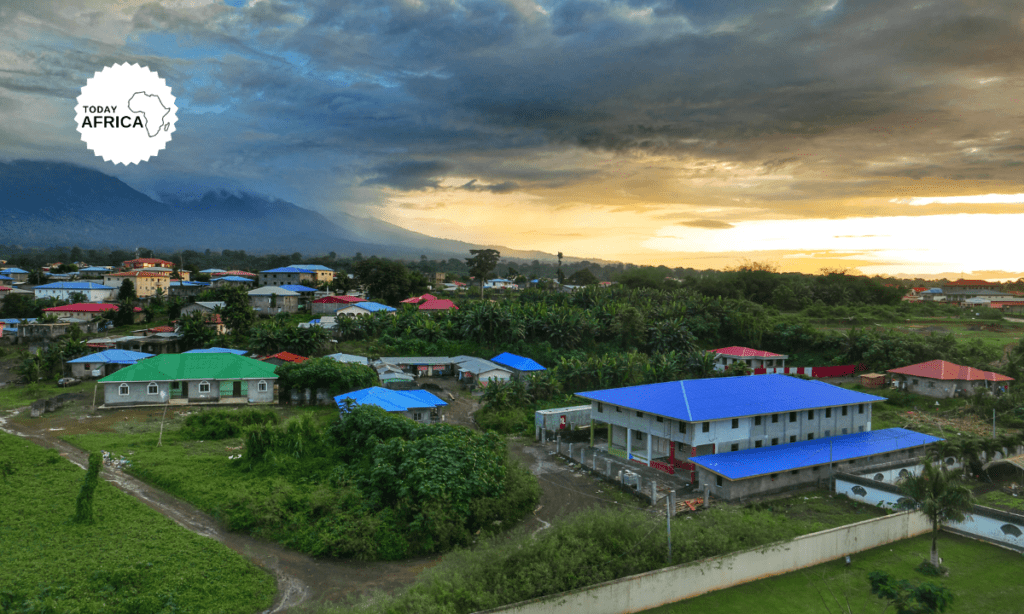
13. Explore Luba
Luba is the second-largest town on Bioko Island and is an important historical site. It was one of the first ports used during the colonial period and has a rich history tied to the slave trade. The town also offers beautiful beaches and a quiet, relaxed atmosphere.
14. Visit the city of Bata
Bata is the largest city on the mainland and serves as an economic hub. Its vibrant markets, modern infrastructure, and lively waterfront make it a great place to experience urban life on the mainland. The city’s nightlife is particularly exciting, with numerous clubs and bars.
15. Relax at Mbini beach
Located on the mainland, Mbini Beach offers a quiet retreat away from the cities. The beach is ideal for relaxing, swimming, and enjoying fresh seafood from nearby vendors. Its picturesque sunsets are a must-see.
16. Discover Annobón island
Annobón is a remote volcanic island located south of the mainland. Its untouched nature, with lush forests, lakes, and beautiful beaches, makes it a paradise for nature lovers. The island is also known for its rich fishing waters and unique bird species.
17. Visit the colonial ruins on Fernando Poo
Fernando Poo, a historic plantation on Bioko Island, offers visitors a glimpse into Equatorial Guinea’s colonial past. The plantation’s ruins are a stark reminder of the country’s history of slavery and forced labor under Spanish rule.
18. Experience the local cuisine
Equatorial Guinea offers a unique blend of African, Spanish, and Portuguese flavors. Don’t miss trying local dishes like pescado con tres salsas (fish with three sauces), sopa de pescado (fish soup), and malamba, a local alcoholic drink made from sugarcane.
19. Attend the Malabo Hip Hop Festival
For music lovers, the Malabo Hip Hop Festival is an annual event that showcases local talent and the growing influence of hip hop culture in the country. The festival brings together musicians, dancers, and artists from across the nation and abroad.
20. Tour the Equatorial Guinea Museum of Modern Art
Located in Malabo, the Equatorial Guinea Museum of Modern Art features works by contemporary African artists. The museum highlights the country’s growing art scene and provides a platform for local and international artists to exhibit their work.
21. Explore Río Muni
Río Muni, the mainland region of Equatorial Guinea, is home to dense rainforests, rivers, and traditional villages. It’s an ideal location for eco-tourism, offering opportunities for jungle treks, birdwatching, and cultural exchanges with local tribes.
22. Visit the Basilica of Bata
The Basilica of Bata is one of the largest churches in Central Africa and a significant religious site in Equatorial Guinea. Its grand architecture and peaceful atmosphere make it a notable stop for visitors to the mainland.
23. Attend a traditional Bubi Ceremony
The Bubi people are one of the indigenous ethnic groups of Bioko Island, and their traditional ceremonies are deeply rooted in local customs and spirituality. These ceremonies often involve music, dance, and rituals that honor ancestors and the natural world.
24. Enjoy water sports on Bioko Island
For adventure enthusiasts, Bioko Island offers a variety of water sports such as snorkeling, scuba diving, and kayaking. The island’s clear waters and rich marine life make it an ideal destination for underwater exploration.
25. Hike to the Iladyi Waterfalls
The Iladyi Waterfalls, located near the village of Moka on Bioko Island, are a stunning natural attraction. The hike to the falls takes you through lush rainforests and offers a refreshing reward at the end—a swim in the cool waters beneath the cascade.
26. Visit the Punta Europa gas plant
Punta Europa is the center of Equatorial Guinea’s booming oil and gas industry. While it may not be a typical tourist spot, guided tours of the gas plant provide insight into the country’s main economic driver and its global significance in the energy sector.
27. Explore the Equatorial Guinea National Library
For those interested in learning more about the country’s history, literature, and culture, a visit to the National Library in Malabo is a must. The library houses a collection of books, manuscripts, and archives related to Equatorial Guinea and other African nations.
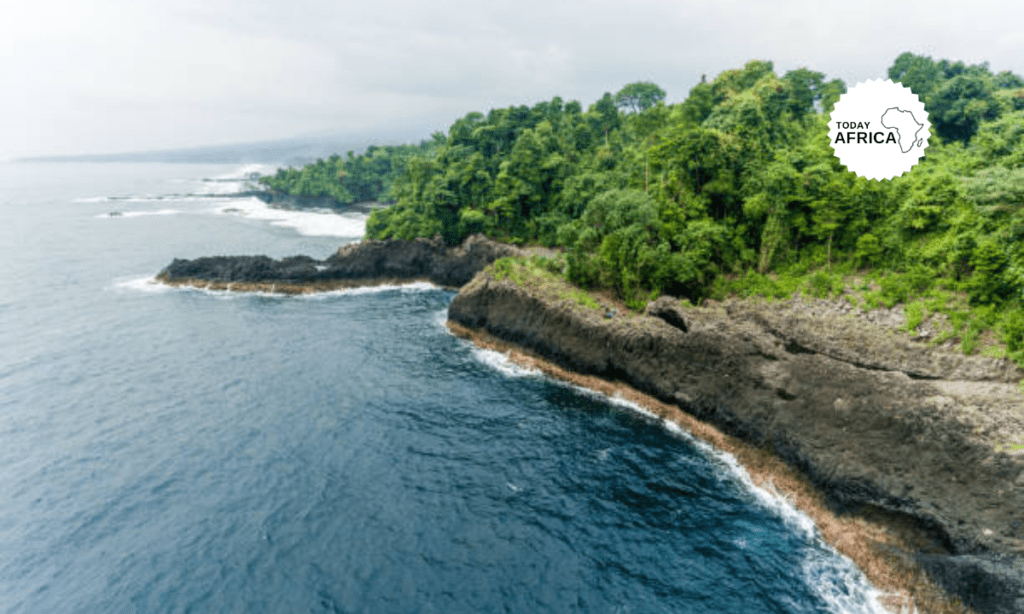
28. Take a boat trip to the Ilots de los Hermanos
The Ilots de los Hermanos are a group of small islands located off the coast of Bioko Island. These islands are known for their crystal-clear waters, coral reefs, and abundant marine life. Boat trips to these islands are perfect for snorkeling and relaxing on secluded beaches.
29. Explore the Bubi villages
The Bubi are the indigenous people of Bioko Island, and visiting their villages offers a unique cultural experience. In these villages, you can learn about traditional Bubi customs, art, and way of life, often characterized by a deep connection to nature and the land.
30. Attend Independence Day Celebrations
Equatorial Guinea celebrates its Independence Day on October 12th with grand parades, cultural displays, and festivities across the country. This is a great time to experience the national pride and vibrant culture of Equatorial Guinea.
Conclusion
Equatorial Guinea is a country of natural wonders, cultural experiences, and historical sites. From the streets of Malabo to the beauty of Annobón Island, there is something for every traveler. Whether you’re looking for adventure, relaxation, or cultural enrichment, this unique African destination has much to offer. So pack your bags, and get ready to explore the Equatorial Guinea!
References
Leave a comment below and follow us on social media for more tips and updates:
- Facebook: Today Africa
- Instagram: Today Africa
- Twitter: Today Africa
- LinkedIn: Today Africa
- YouTube: Today Africa Studio

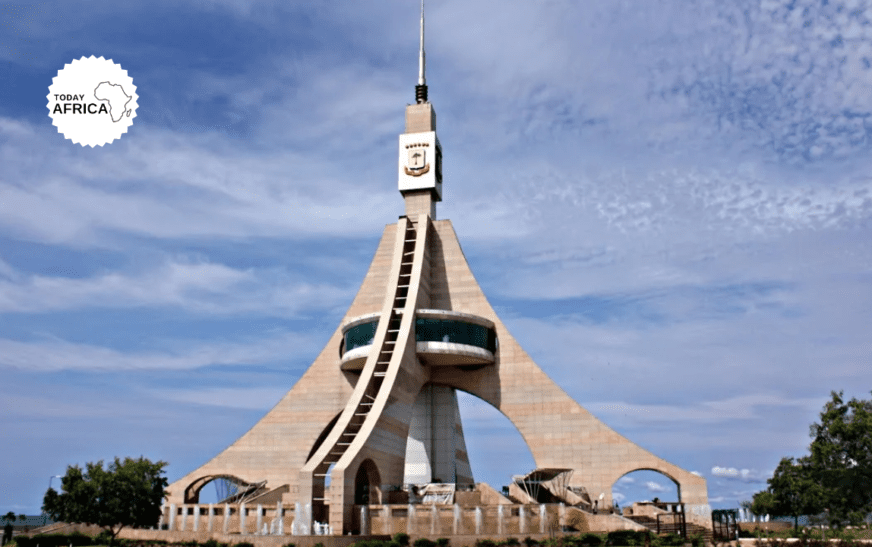



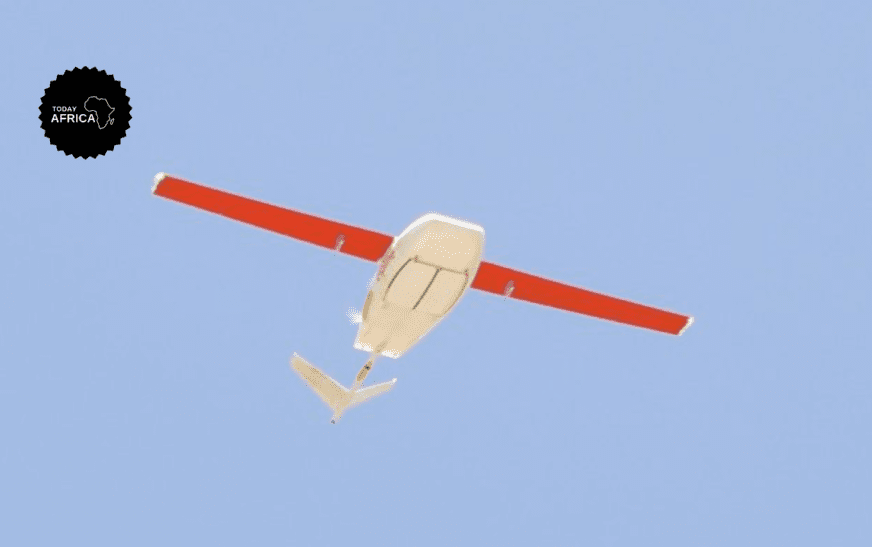

![15 Best Beaches in Morocco to See This Year [& Essential Packing List]](https://todayafrica.co/wp-content/uploads/2023/12/Blue-Simple-Dad-Appreciation-Facebook-Post-1200-×-720-px-6-9.png)
